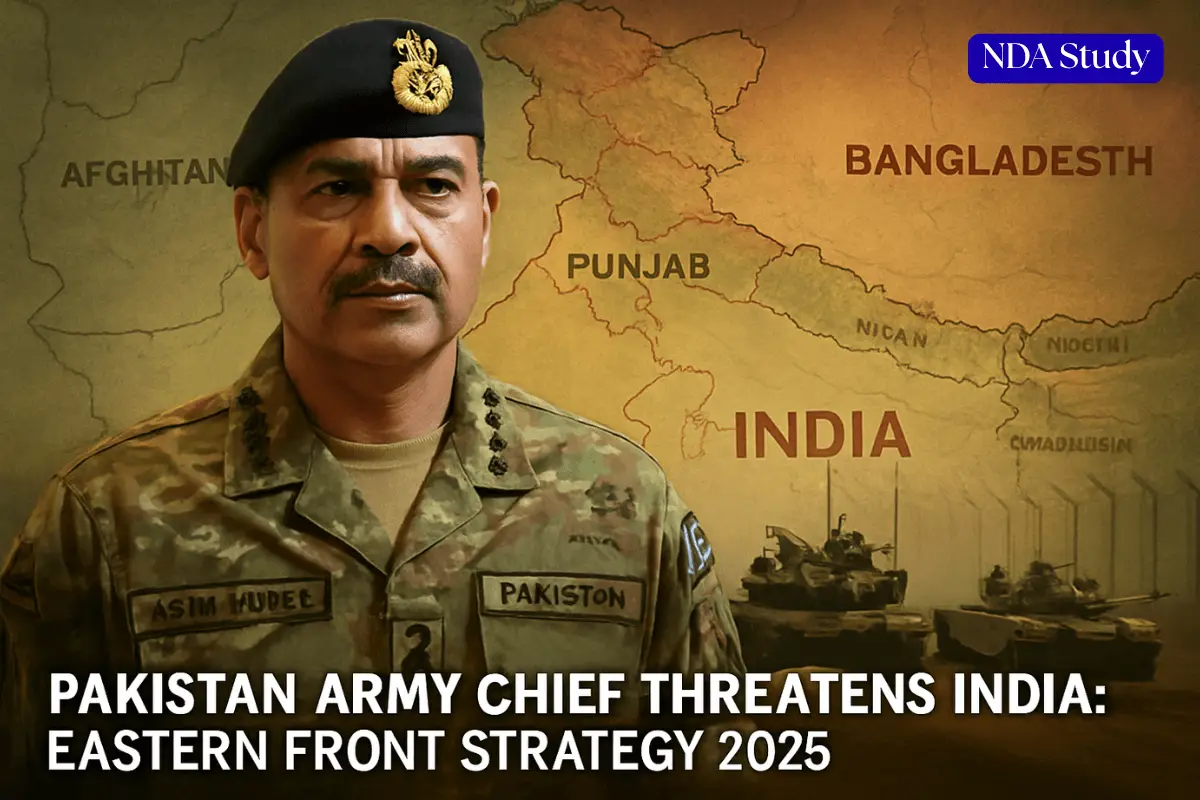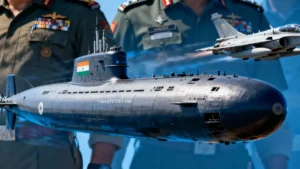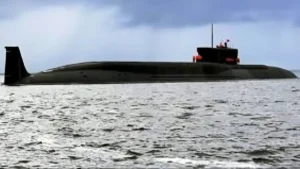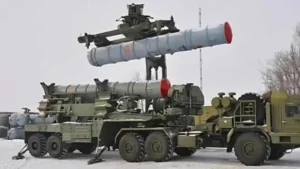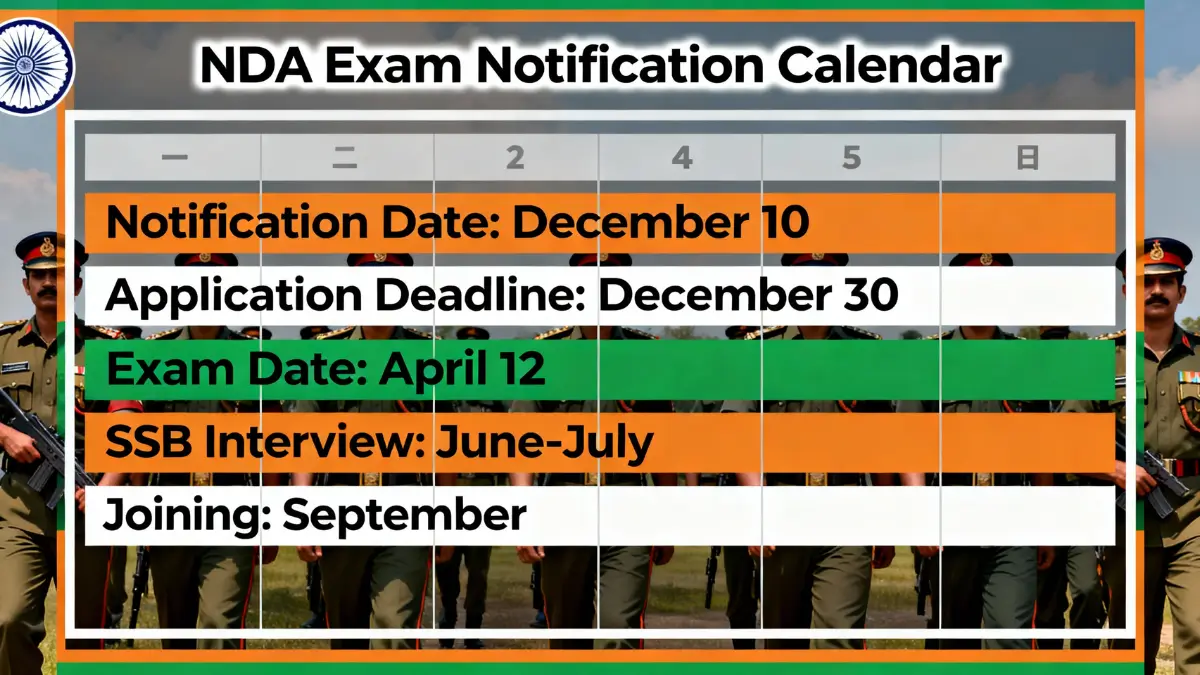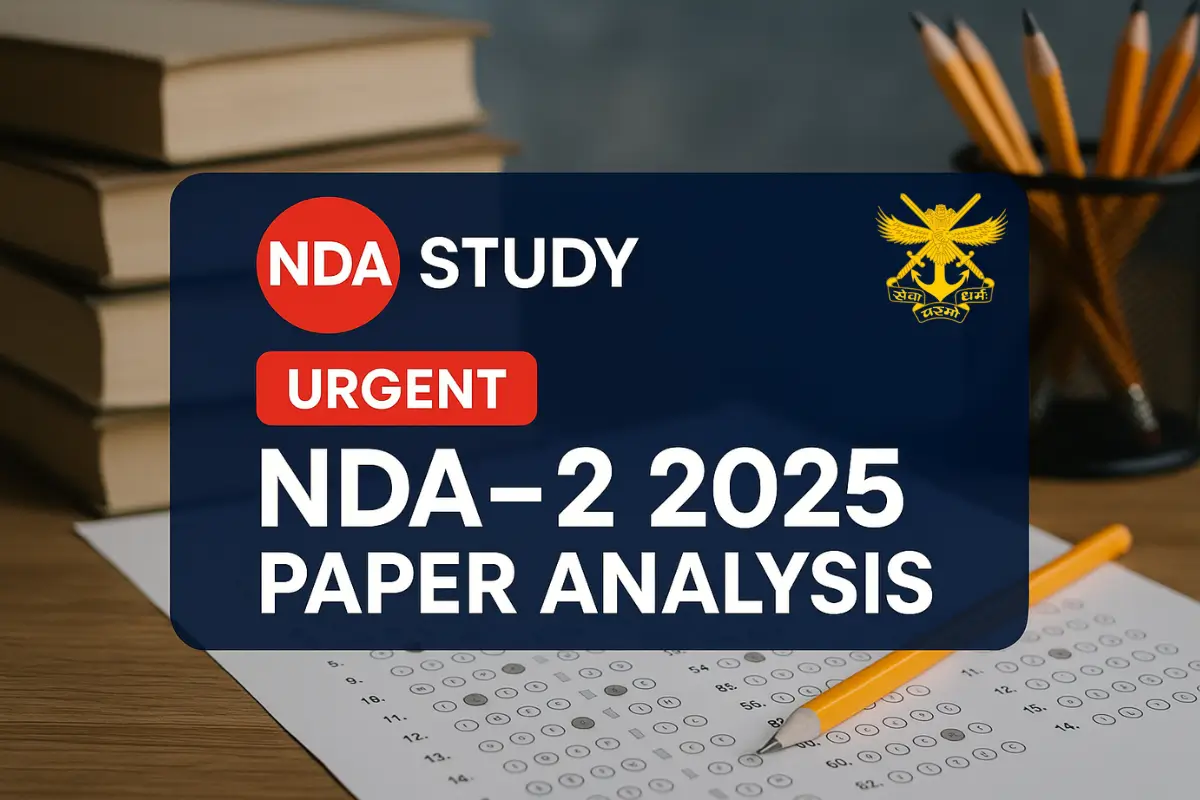Is South Asia on the brink of a new military crisis? Pakistan’s Army Chief, Field Marshal Asim Munir, has unveiled an unprecedented “eastern front” doctrine, openly threatening India with a major strategic shift that could reshape regional security dynamics in 2025. This bold stance comes amid heightened tensions between India and Pakistan, framed by the persistent threat of nuclear conflict and shifting geopolitical alliances in the Himalayan region. Munir’s declaration to “start from the East” suggests a potential new front through India’s vulnerable northeastern corridor, taking advantage of recent political changes in Bangladesh and evolving tactics in asymmetric warfare.
As global attention increases in 2025, this posture challenges India’s conventional defence strategies and raises critical questions about the risks of escalation. For India’s youth and those aspiring to join the National Defence Academy (NDA), understanding these developments is crucial. How can emerging defence leaders prepare to confront this evolving threat while maintaining strategic stability? The stakes have never been higher as the Pakistan Army Chief threatens India with a New War Plan.
Decoding the “Eastern Front” Doctrine
Field Marshal Asim Munir’s public “eastern front strategy” marks a radical—and provocative—departure from Pakistan’s historic military doctrine. In his most recent statements, Munir, backed by military spokespersons, openly vowed, “We’ll start from the East,” signalling Pakistan’s readiness to initiate conflict not just through Kashmir, but also by targeting India’s vulnerable eastern/northeastern corridor. The “Eastern Front strategy” focuses on:
- Offensive deployment: Troop concentrations and forward posts along the eastern border, with war games staged near India’s northeast.
- Rapid mobilisation: Plans to leverage improved internal logistics and exploit new links with a sympathetic Bangladeshi regime that facilitates quick proxy movements and hybrid warfare tactics.
- Tech-centric, hybrid warfare: Emphasis on cyber attacks, disinformation campaigns, and irregular infiltrations—stretching India’s security resources.
- Symbolic assertion: Major military exercises, revived arms trafficking channels, and high-profile meetings with the U.S. to showcase readiness.
How is this different from the old Pakistani strategy?
Traditionally, Pakistan’s doctrine centred on the “Kashmir axis,” using Line of Control aggression and proxy groups there. Munir’s approach is fundamentally expansionist and asymmetric, aiming to stretch India on two fronts—with new diplomatic and militant levers in Bangladesh. Pakistan Army Chief threatens India with a new war plan, unveiling the “Eastern Front” Doctrine for 2025. Let’s see how it differs from the old doctrine or strategy.
| Hybrid: cyber, info war, proxies in the northeast | Old Doctrine: Kashmir-Centric | Munir’s “Eastern Front” Agenda |
|---|---|---|
| Main Direction | Line of Control (Kashmir) | Northeast/eastern corridor (via Bangladesh) |
| Deployment Focus | Western front, posturing on LoC | Forward posts, rapid force mobility east |
| War Type | Proxy groups, limited incursions | Hybrid: cyber, info war, proxies in northeast |
| Geopolitical Leverage | Pakistan-China ties (all-weather) | Bangladesh tilt, U.S. thaw, dual alignment |
| Messaging | “Kashmir jugular vein” rhetoric | “We’ll start from the East,” all-India hit claim |
Expert View on Pakistan’s “eastern front” doctrine :
Defence analyst Lt. Gen. (Retd.) Syed Ata Hasnain warns, “Munir’s doctrine is a high-stakes gamble. The eastern front strategy, with integrated hybrid warfare and regional recruitment, threatens to fundamentally alter Indo-Pak conflict dynamics, compelling India to rethink its entire force posture.”
Key Shifts in Doctrine:
- New dual-front war planning: East and West
- Integrated use of proxies, cyber, influence ops
- Heightened emphasis on speed, technology, and cross-border networks
- Multilateral diplomacy to weaken India’s global support
What do you think?
Which aspect of Munir’s radical new “eastern front strategy” should concern future defence leaders and NDA aspirants the most—proxy warfare, rapid deployment, or regional alliances?
Military and Geopolitical Implications for India
The aggressive “eastern front strategy” unveiled by Pakistan army chief Asim Munir represents a direct escalation of Indo-Pak tensions, demanding urgent recalibration in India’s military posture and strategic planning. This doctrine signals a willingness to open a new front along India’s vulnerable northeast, potentially exploiting evolving alignments in Bangladesh and leveraging hybrid tactics—cyber warfare, proxy infiltration, and rapid mobilisation. Such a development has immediate and long-term implications for India’s national security.
For India, the new Pakistani approach fundamentally raises the risk of multi-front conflict. There is now pressure to review force deployment and readiness not only along the traditional western border but also across the entire northern arc, stretching resources at a time when the Chinese PLA remains assertive along the Line of Actual Control (LAC). India’s Ministry of Defence and the armed forces have already responded with enhanced surveillance, increased troop presence, and expanded joint drills with northeast partners such as Myanmar while ramping up intelligence and cyber-defence capacities.
Nuclear signalling looms large over the strategy: both nations remain acutely aware that any miscalculation or border skirmish carries the risk of rapid vertical escalation to nuclear thresholds. Recent years have seen missile exchanges, cross-border drone strikes, and synchronised air defence alerts—scenarios that experts at the Stimson Centre and Asia Pacific Foundation warn could spiral quickly in a crisis environment.
Key scenarios for India as the Pakistan Army Chief threatens India:
- Border skirmish escalation: Localised firefights in Jammu & Kashmir or the northeast could expand into larger artillery or air duels.
- Cyber/wargame escalation: With Pakistan’s new focus on hybrid warfare, both infrastructure and information networks are now priority targets.
- Diplomatic standoff: Each military incident could derail diplomatic overtures, trigger global concern, and disrupt economic stability.
India’s response will likely involve full-spectrum deterrence: force modernisation, indigenous missile advances (as seen in Operation Sindoor), agile integrated battle groups, and real-time intelligence. “India’s integrated approach now covers narrative dominance, psychological ascendancy, and rapid cross-domain retaliation—the new normal for the subcontinent,” notes a leading security scholar
Inside Pakistan: Munir’s Gamble—Military and Political Calculus
Inside Pakistan, Field Marshal Asim Munir’s high-stakes posture against India is deeply entwined with the nation’s turbulent domestic environment and his own consolidation of power. Facing persistent economic instability, rising inflation, and massive civil unrest—including internet blackouts and fierce opposition crackdowns—Munir wields the “eastern front” war strategy to project unshakeable strength and divert national attention from Pakistan’s pressing challenges. Amid perceptions of political fragility, this move signals unmistakable intent to both domestic audiences and international stakeholders, including China, the US, and Gulf allies, that the military under Munir remains the ultimate power centre in Pakistan.
Within the country, the military’s dominance over government institutions is now more pronounced than ever. Parliament and the civilian leadership operate within boundaries set by Munir’s GHQ, with media and public discourse tightly managed. Official denials about Munir seeking the presidency have not quelled rampant speculation about the growing “Asim law”—a term coined for this era of veiled military supremacy. While some critics exist, popular support for Munir has surged in the aftermath of the recent India conflict, bolstered by his elevation to Field Marshal in May 2025. As noted by renowned Pakistani analyst Ayesha Siddiqa:
“It has made the general stronger than any of his predecessors. He is now regarded as a hero.”
Ayesha Siddiqa, Pakistani Analyst
Morale within the army is reported to be high, as Munir leverages nationalist sentiment and the specter of external threats to unite the ranks and the public.
Youth Voices: What Pakistani cadets are told about India in 2025
“India remains the existential and ultimate adversary. The doctrine of striking from the east is not just strategy—it is destiny. Cadets are reminded that Pakistan’s security and honour rest on constant readiness and the courage to face the enemy on all fronts.”
Munir’s approach—aggressively championing the “Asim Munir war strategy” as the “Pakistan Army Chief threatens India”—is as much about maintaining internal supremacy as it is about signalling to international actors that Pakistan’s military grip will define its external and internal course in the turbulent years ahead.
NDA, youths & Other Defence aspirants aspects
For NDA aspirants, youth, and defence professionals, the aggressive stance where the Pakistan Army Chief threatens India with the “eastern front” doctrine demands a proactive and informed response. Aspirants should prioritise upskilling through rigorous physical training, simulation drills, and focused strategic studies that include understanding evolving military doctrines like Munir’s. Staying updated on real-time defence developments and honing analytical skills will build the strategic mindset essential for future leaders.
It is vital to grasp rival doctrines such as the “eastern front strategy” to anticipate potential threats, make informed decisions, and contribute effectively to India’s national security. Defence professionals and youth must embrace continuous learning and engage in discussions on platforms like NDA Study to sharpen situational awareness.
FAQ | Pakistan Army Chief Threatens India 2025
1. What is the “eastern front strategy” threatened by the Pakistan army chief?
The “eastern front strategy” refers to Pakistan Army Chief Asim Munir’s declared shift to open a new conflict front targeting India’s vulnerable northeastern corridor, leveraging political changes in Bangladesh, hybrid warfare, and proxy networks. This marks a departure from Islamabad’s traditional Kashmir-centric focus, aiming to stretch India’s military across multiple fronts.
2. How has India’s government responded in 2025?
India has intensified surveillance, redeployed troops along eastern and western borders, enhanced joint exercises with neighbouring allies, and boosted cyber and intelligence capabilities. The Ministry of Defence emphasises a full-spectrum deterrence strategy, combining modernised forces with diplomatic engagement aimed at regional stability amid increased Indo-Pak tensions.
3. What are the risks of war escalation from Munir’s doctrine?
The doctrine raises risks of multi-front skirmishes, hybrid warfare including cyber-attacks and misinformation, and potential rapid escalation with nuclear overhang. Any localised conflict could spiral, complicating diplomacy and threatening regional peace. Experts warn that this new posture demands heightened vigilance to avoid unintended conflicts.
4. How does this change career preparation for Indian defence aspirants?
Understanding the “Eastern Front strategy” is crucial for future defence professionals, especially NDA aspirants. It calls for upskilling in hybrid warfare, cyber-security, multi-domain operations, and strategic studies. Staying informed on evolving doctrines enables proactive readiness and strategic thinking required for modern defence challenges[Answer Section “How Indian Defence, Aspirants & Youth Should Respond“].
Author’s Word: A New Indo-Pak Flashpoint?
The aggressive doctrine put forth by Field Marshal Asim Munir marks a sharp and dangerous escalation in Indo-Pak relations, signalling the emergence of a new, volatile security paradigm in South Asia. This “eastern front” strategy expands Pakistan’s challenge beyond traditional conflict zones, raising the real prospect of a two-front confrontation that could trigger an arms race and heighten vigilance across military and diplomatic arenas. India faces an urgent need for enhanced preparedness, integrating robust defence postures with strategic diplomacy to manage this escalating threat. Given the nuclear backdrop and volatile regional dynamics, Munir’s stance demands careful calibration from all stakeholders to avoid unintended spirals.
This tense new order, defined by mutual suspicion and strategic competition, underscores the complexity of maintaining peace and stability in 2025. As the Pakistan army chief threatens India in 2025, India’s leadership and youth—especially defence professionals and aspirants—must remain vigilant and proactive, shaping India’s future through informed, strategic engagement and resilient defence.
The evolving Indo-Pak flashpoint is a critical moment demanding sustained resolve, innovation, and international cooperation to secure a stable regional future.
Stay Tuned & Stay Connected!
